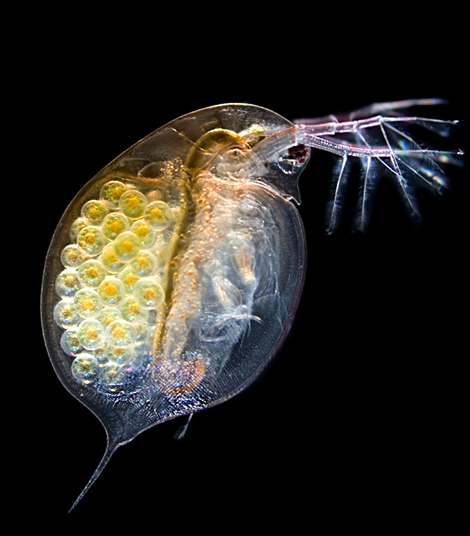
Harvesting and Drying Daphnia Magna Eggs
Easy-to-Read Guide: How to Harvest Daphnia Magna Eggs and Dry Them for Storage
Tiny Water Fleas as Fish Food: How to Harvest Daphnia Magna Eggs and Dry Them for Storage
Daphnia magna, also known as water fleas, are a popular live food for fish and research. They’re packed with nutrients, but relying solely on live ones can be inconvenient. This guide shows you how to harvest and dry their eggs for long-term storage.
Meet the Daphnia: How to Harvest Daphnia Magna Eggs and Dry Them for Storage
Before diving in, let’s learn about these fascinating creatures. Daphnia magna are tiny freshwater crustaceans that reproduce by producing eggs you can store for later use.
Why Harvest Eggs?
There are several benefits to harvesting Daphnia eggs:
- Continuous food supply: Ensure your fish always have the nutrients they need.
- Cost-effective: Daphnia eggs are rich in protein and other nutrients, saving you money.
- Convenience: Avoid the hassle of finding live Daphnia regularly.
What You’ll Need:
- Culture container: A clear container to house your Daphnia culture.
- Dechlorinated water: Chlorine harms Daphnia, so ensure your water is free of it.
- Aeration system: An air stone or sponge filter to oxygenate the water.
- Healthy Daphnia magna culture: Get one from a reputable source.
- Light source: Daphnia need light for photosynthesis, which helps them grow.
- Fine mesh net: For scooping out pregnant Daphnia.
- Clean container: For collecting eggs.
- Clean, dry surface: For air-drying the eggs.
- Airtight container: For storing the dried eggs.
Getting Started:
- Set up your culture: Find a well-lit area and fill the container with dechlorinated water. Add the aeration system. Keep the environment clean and stable for your Daphnia.
- Cultivate your Daphnia: Introduce your Daphnia culture. Feed them green water, which you can grow by providing light for algae growth. This ensures their health and reproduction.
- Harvesting the Eggs:
- Identify pregnant females: Look for a bulge near their abdomen, where the eggs develop.
- Transfer them gently: Use a fine mesh net or pipette to move them to a clean collection container. Be careful not to stress them.
- Stimulate egg release: Gently tap the container or provide some food to encourage them to release their eggs.
- Collect the eggs: Once released, the eggs will settle at the bottom. After a few hours, carefully remove the water, leaving the eggs behind.
- Drying the Eggs:
- Spread them out: Place the harvested eggs on a clean, dry surface.
- Air-dry completely: This usually takes 24-48 hours.
Storing Your Eggs:
Once completely dry, transfer the eggs to an airtight container and store it in a cool, dark place. This maintains their quality.
Benefits of Dried Eggs:
Dried Daphnia eggs are a valuable source of nutrients for your fish. They’re rich in protein and other essential nutrients, saving you time and money in the long run.
Troubleshooting:
Raising and harvesting Daphnia can have challenges. This guide covers common issues and solutions to help you maintain a healthy culture.
Conclusion:
Harvesting and drying Daphnia eggs is a valuable skill for fish keepers and researchers. It provides a reliable, cost-effective, and convenient food source for your aquatic pets. By following these steps, you can ensure a steady supply of this nutritious food.
Frequently Asked Questions (FAQs)
How long can I store dried Daphnia magna eggs?
Dried Daphnia magna eggs can be stored for up to one year when kept in suitable conditions.
Can I use tap water for my Daphnia magna culture?
It’s best to use dechlorinated water, as chlorine can harm Daphnia magna.
Do Daphnia magna require any special care during egg harvesting?
Gentle handling and minimal disturbance are crucial to maintain the health of the culture.
How often should I harvest Daphnia magna eggs?
Harvest eggs as needed, but avoid depleting your culture entirely to ensure a continuous supply.
Can dried Daphnia magna eggs be used for different aquatic organisms?
Yes, they are a versatile food source for a wide range of aquatic animals.
You may also like
- https://www.giobelkoicenter.com/indoor-koi-pond/
- https://www.giobelkoicenter.com/sanke-koi-fish/
- https://www.giobelkoicenter.com/butterfly-koi/
- https://www.giobelkoicenter.com/ryukin-goldfish/
- https://www.giobelkoicenter.com/indian-almond-leaf-for-betta/